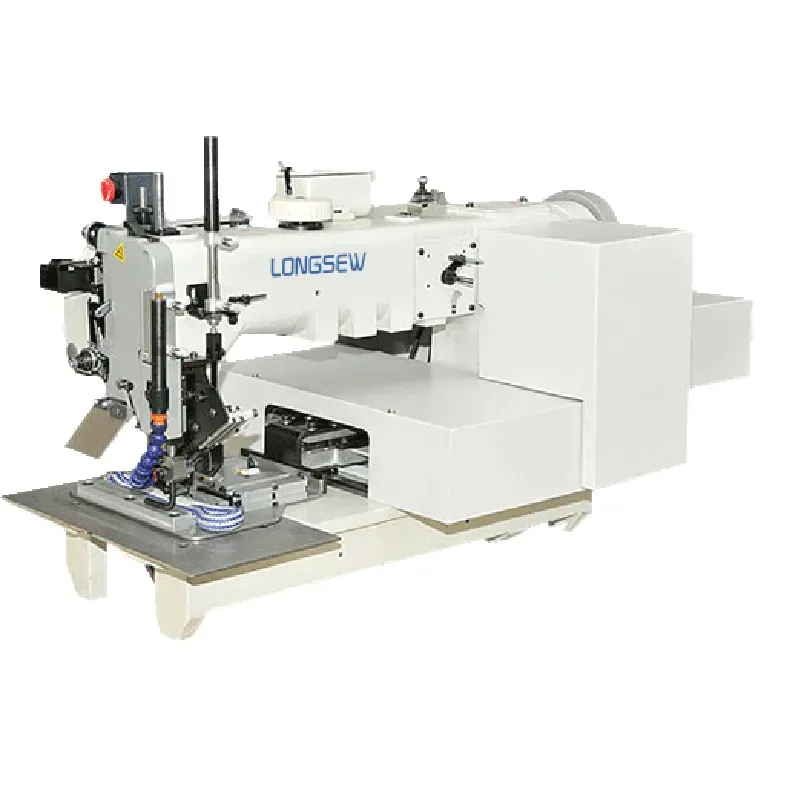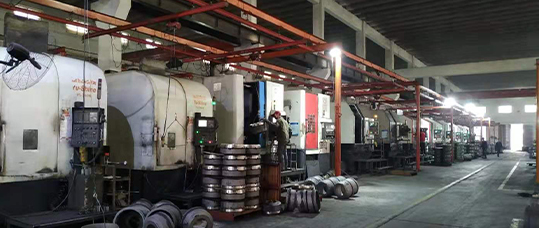To master the single needle stitch, one must pay attention to several factors correct needle size, thread type, and tension settings. Using the appropriate needle ensures that the fabric is not damaged while stitching. For instance, a sharp needle is necessary for woven fabrics, while a ballpoint needle works best for knits. Similarly, the choice of thread can greatly influence the final outcome. Cotton threads are favored for their strength and compatibility with natural fibers, while polyester threads are often chosen for their durability and colorfastness.
single needle stitch




